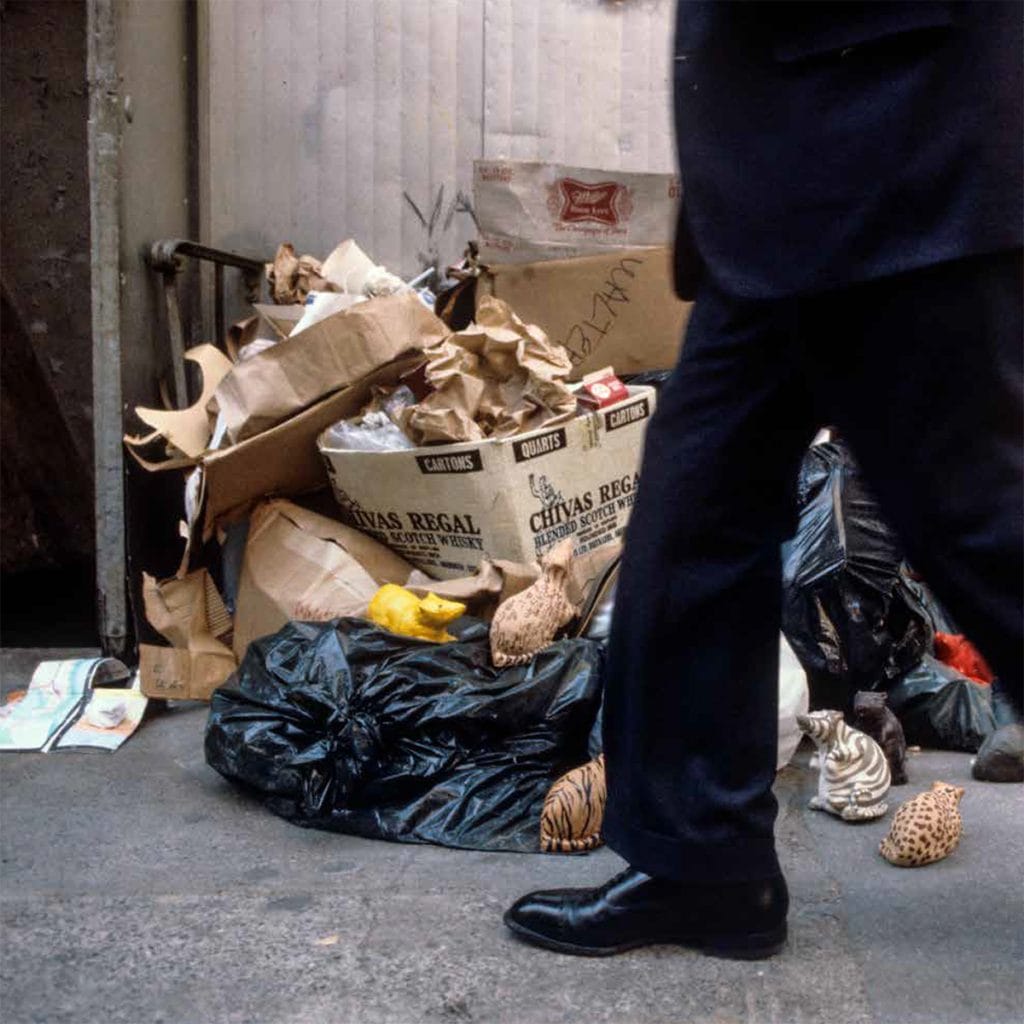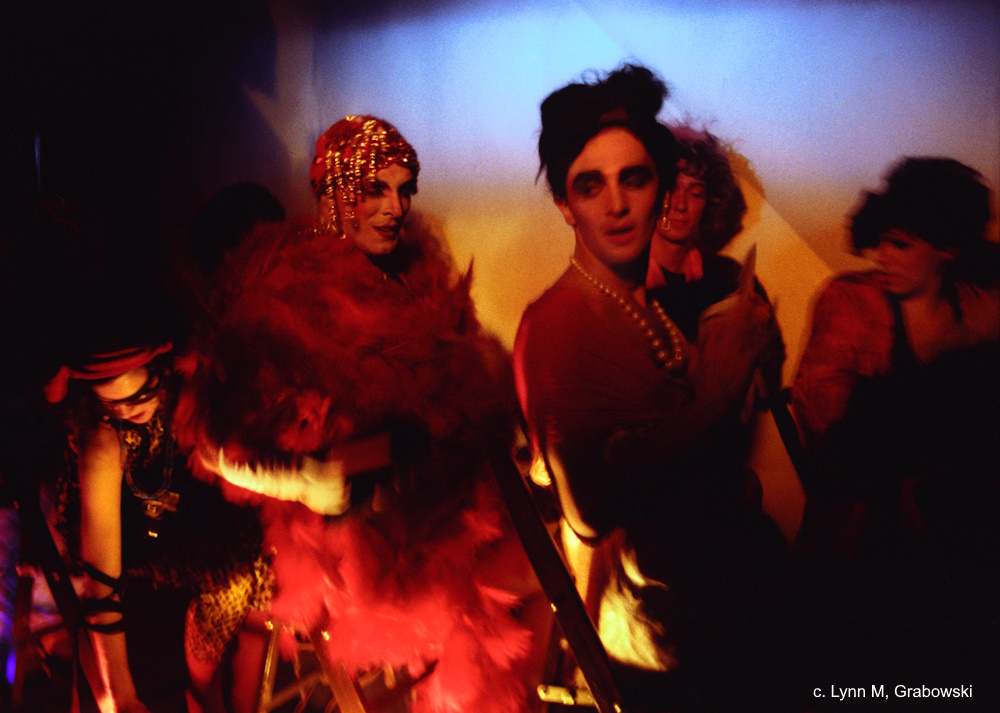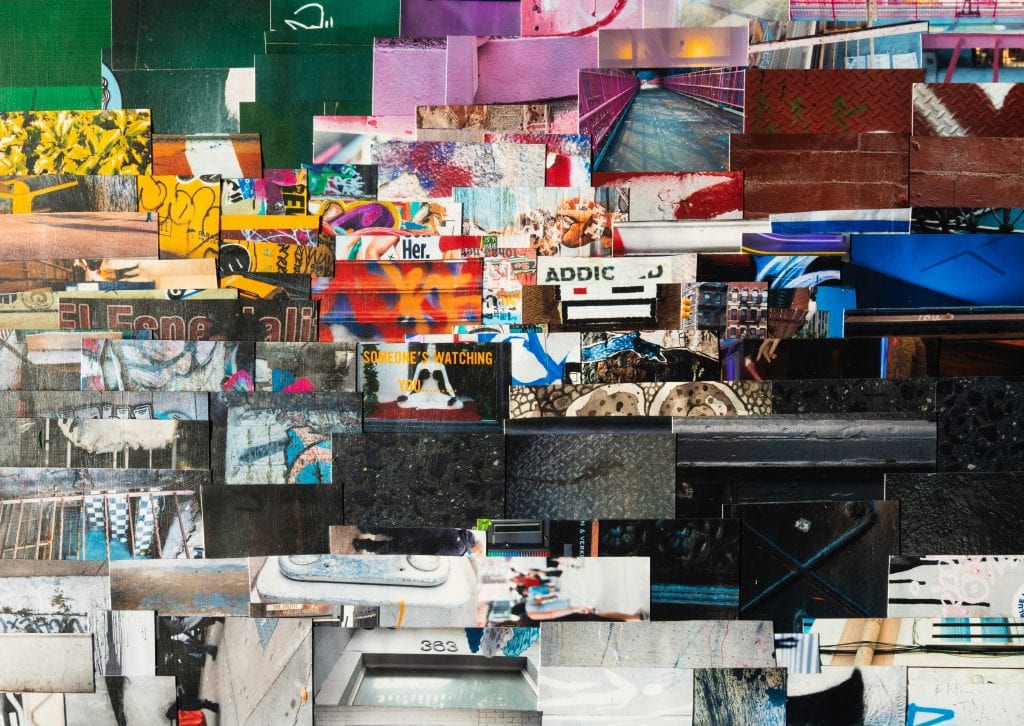An Essay from Noisy Autumn: Sculpture and Works on Paper— a monograph on the work of Christy Rupp, with essays by Lucy Lippard, Nina Felshin, Amy Lipton, and Carlo McCormick, and poetry by Bob Holman, published in 2021 by Insight Editions. Christy Rupp’s installation Othered opens at Howl! Happening on Saturday, April 21, 2022.
Rat/Art by Carlo McCormick

“Come out and take it you dirty, yellow-bellied rat, or I’ll give it to you through the door.” James Cagney, Taxi (1932)
In the spring of 1979 Union Local 333 called a strike. New York City was by any measure already pretty down-at-the-heels, facing near economic collapse, a failing infrastructure and sky-rocketing crime rates, but this union few had ever heard of let alone thought about, ran the city’s tug boats. That strike ostensibly shut down New York Harbor, which already would have been quite a hardship, but at the time we were shipping 16 full barges of garbage daily to the Fresh Kills landfill in Staten Island. That’s a lot of trash. Within weeks most of downtown was pretty much so buried in uncollected garbage that street cleaning also had to be suspended. That summer a woman was attacked by a swarm of rats while walking to her car, nothing she nor any of the onlookers could do seemed to put this rodent swarm off their assault. In a tabloid city that bled ink when you cut it, this incident played on our most primal fears and would define our urban dread as much of any of that year’s headlines, including the formation of a vigilante posse called the Guardian Angels and the never-solved disappearance of Etan Patz which spawned a whole new genre of parental horror in the missing kid milk carton photos.
What caught the eye of the media, as it had many of the artists living and working downtown, was the serial reproduction of rat pictures, pasted up on the piles of trash, along the walls where they ran, near their subterranean homes- in short wherever the rats were to be found. This project, by the artist Christy Rupp, remains still more than forty years later one of my favorite works by one of my favorite artists, a seminal episode in the emergence of street art and a paradigm of what urban art can tell us. Three months into that strike, things got so bad that then President Carter declared a health emergency and tasked the Coast Guard with hauling the barges to rid the besieged city of its surfeit refuse. By most any measure the city today is a far cleaner, more sanitized place, but the rats remain. Most of us are just renters; they live here. But as much as the deluge of rubbish and the rat attack may have constituted the kind of sensationalist scandal this town has always trafficked in, this was very much Rupp’s point- that rats, like the humans whose filth they have long thrived in, are denizens of the city, neither good nor evil, they simply are.
What Christy Rupp means when she refuses to characterize any animal by our human notions of behavior, what is emphatic in her assertion that she doesn’t care about any one animal per se so much as she does about species as a whole, is that our particular feelings for them- pet, pest, vermin or virtue- has nothing to do with the ecology of our planet. Nor should it. Her perspective, a kind of scientific naturalist aesthetics, holds all life forms as worthy and inextricably equivalent. To value them is to understand the nature of their habitat, and to realize that as planetary cohabitants our habitats mutually influence one another. Together, overlapping and mutually dependent, their sum is what we might casually call the environment, an easy word of common currency for something a lot more complicated and precarious than most of us care to fathom. And if all this seems like common sense, the fact that people and governments don’t act according to it gives a sense of mission to Rupp’s vision; to act as witness to the endangerments and public conscience through her art.
Christy Rupp’s gift of empathy, what makes us care about species we might not even be able to name, is entirely different from the sorts of anthropomorphism that have been foisted upon our collective imagination from the morals of Aesop’s fables through the boosterism of mascots and the perpetual monetization of animals by corporate culture relying on cute to peddle consumerism. Rupp’s rats sit at once outside and alongside this tradition. Certainly they are distant kin to Mickey Mouse- that most universal signifier of joy and happiness proffered by the smiling face of fascism itself, Walt Disney- though I will admit to finding some of her rat sculptures somewhat adorable. However we cannot deny their cultural resonance on a level far greater than say her similar interest in plankton. Reviled for their association with pestilence, an aberration of the body politic since the Middle Ages (evidenced still in the legend of the Rattenfanger von Hameln, or Pied Piper of Hamelin), rats have been used to vilify people as subhuman, from the Jews in Nazi propaganda through more recent depictions of Muslims. Indeed Christy tapped into a long history of fear and disgust, but also something of the Zeitgeist as The Stranglers “Rattus Norvegicus” released in 1977 became one of the best selling albums of the Punk era, and Ivar Vics, a punk squatter in Amsterdam became one of Europe’s pioneering graffiti artists at that time, writing Dr. Rat.
Of course rats have had a special place in art, mischievous rascals in populist prints by the likes of Currier and Ives and Hokusai, but in returning them to their natural urban habitat, the streets, Christy Rupp helped define a vernacular that is arguably as pernicious and prolific as the species itself. Shortly after Rupp’s rodent interventions an early street artist from France, Blek le Rat, began stenciling rats on the streets of Paris. The English street artist Banksy subsequently made the rat his logo, surrogate calling card and somehow, after centuries of scorn, something of a beloved creature. Today the rat as art is nearly as ubiquitous in our cities as their living counterparts. Still running strong as the union protests against unfair labor practices use gigantic inflatable rats to shame their employers, rats also run through our cities as a visual trope for all the alienation and rage that’s been bottled up since the rage of punk, a figure adopted by many emerging artists and even given homage by legends of street art like Futura and Shepard Fairey. It may be hard to decide what is more of a horror- the performance artist Kim Jones enacting his traumatic memories of burning rats on his ship while serving in the Vietnam War, or Michael Jackson singing a love song of friendship to a rat in the movie Ben, but perhaps if we could stop making of the rat a fetishized other, to see them and all creatures as Rupp does, no better nor worse than ourselves, then maybe we might treat this living world a little better.
“Where Man had been, in every place he left, garbage remained. Even in his pursuit of the ultimate truth and quest for his god, he produced garbage. By his garbage, which lay stratum upon stratum, he could always- one had only to dig- be known. For more long-lived than man is his refuse. Garbage alone lives after him.” Gunter Grass, The Rat



